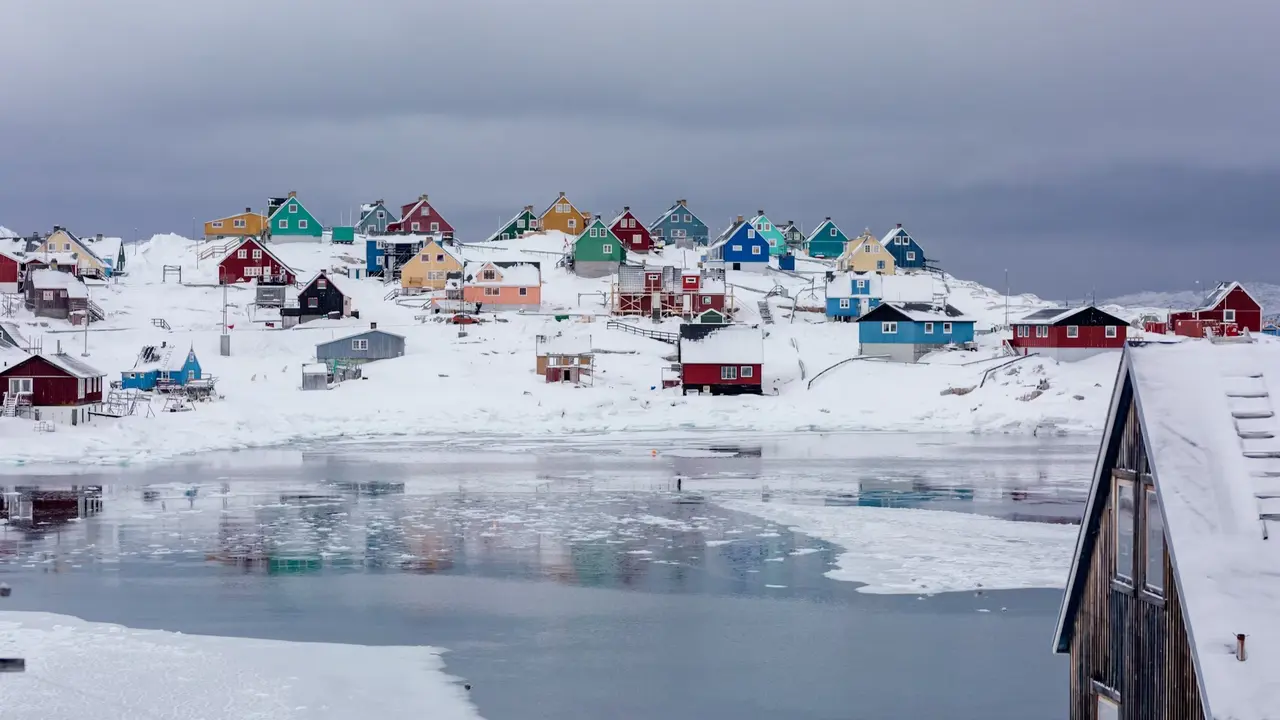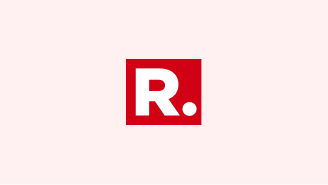Updated 25 March 2025 at 09:53 IST
Discovered By Erik The Red, Occupied By Germany In WWII: All You Need To Know About Greenland's Geopolitical Significance
Greenland’s rich oil, gas and rare earth mineral reserves and its Arctic location have always been its point of attraction.
- World News
- 4 min read

The world's largest island Greenland is an autonomous territory dependent on Denmark. It has self-government rule and its own Parliament within the Kingdom of Denmark and majority of its revenue is supported by the Danish Government. For more than three centuries Greenland was being ruled by Denmark before it attained home rule in 1979. Further, the island got its own control over policing, courts and coast guards in 2009 with foreign policy and security still being within Denmark’s closet. Greenland’s rich oil, gas and rare earth mineral reserves and its Arctic location have always been its point of attraction.
Why is Greenland amid geopolitical tug-of-war?
It is interesting to know that the 80 per cent surface of Greenland is covered by thick ice-sheet, its thickness ranging from 1-2 kms to 4 kms in places. While the melting of ice sheets due to changing climate conditions has its disadvantages as it can push global sea levels to rise 20 feet, it has its geopolitical advantages too. Loss of ice-sheet has made Arctic trade routes more navigable and this has increased the Arctic's importance among mining companies, global leaders, especially the United States.

The potential abundance of earth resources within Greenland has not only fueled US President Donald Trump ’s ambition to acquire the land from Denmark, but also increased Chinese and Russian military activities in the region.
Greenland’s vast mineral wealth
Besides having a potential ample deposit of base metals like Zinc, Iron, Copper, Nickel, Cobalt and Uranium and rare elements like Neodymium, Dysprosium and Praseodymium, Greenland also has a rich store of precious metals including gold and platinum.
Advertisement
Kvanefjeld in Greenland, claimed to be world's 2nd-largest deposit of rare-earth oxides and the 6th-largest deposit of Uranium. With advanced infrastructure, Kvanefjeld is believed to achieve the potential to be top players in producing battery, solar, wind technology, and military applications.
Greenland: Important Facts
Discovered By: Norwegian Explorer Erik the Red
Advertisement
Prime Minister: Mute Bourup Egede
Capital: Nuuk
Area: 2,166,086 sq km
Population: 57,000, approx
Languages: Greenlandic, Danish, and English
Head of State: King Frederik X of Denmark
Why Does Donald Trump Want Greenland?
US President Donald Trump has always highlighted how acquiring Greenland will help his country’s national security and economic interests. However, he is not the first one to eye the landscape; US had long back established a radar base at Thule during the Cold War. But what Trump aims now is full control which will aid the air, naval, and space operations of United States in the Arctic region.
To acquire Greenland, Trump will need a go-ahead from both Denmark and Greenland’s Parliaments with additional diplomatic challenges. While a whole ownership is not possible but US can, under the Compact of Free Association, convince Greenland to have close ties. Read More.
Greenland wants independence
Even after being the apple of the eyes for global powers, Greenland stands strong on its pursue of independence. It has not once, but twice rejected the US acquisition proposal – first in 1946 when US President Harry Truman offered $100 million, second in 2019 when Trump proposed to buy the island. Denmark called US’ idea to get control of Greenland ‘absurd’.
Greenland’s Journey So Far
Discovered by Erik the Red in 982, Greenland, in 14th-15th Centuries saw Norse settlements disappear, at the onset of the Little Ice Age. In 1721, new Danish colonisation was spotted by Danish-Norwegian missionary Hans Egede. In 1940, Denmark was occupied by Germany during World War II. In 1941-1945, Greenland was occupied by US in its attempt to defend the island against a possible invasion by Germany. Denmark in 1950 allowed the US to use the Thule Air Base and Greenland became an integral part of the Kingdom of Denmark in 1953.
In 1979, Greenland attained home rule and in 1985, it left the European Economic Community (EEC). Later in 2008, Greenland looked for more autonomy, greater control over energy resources, It rejected Danish as official language and wanted to give the status to Kalaallisut or Western Greenlandic status.
Published By : Moumita Mukherjee
Published On: 25 March 2025 at 09:44 IST
